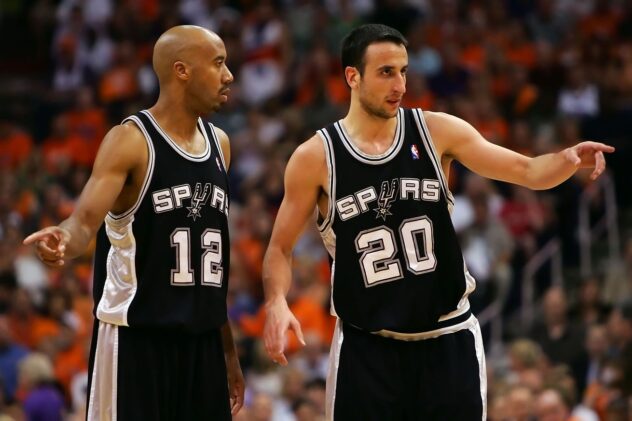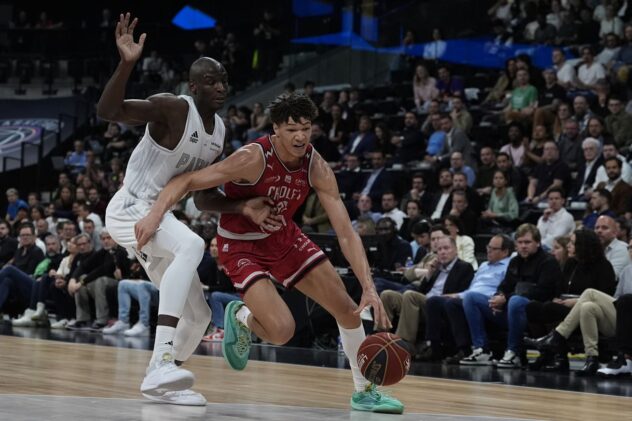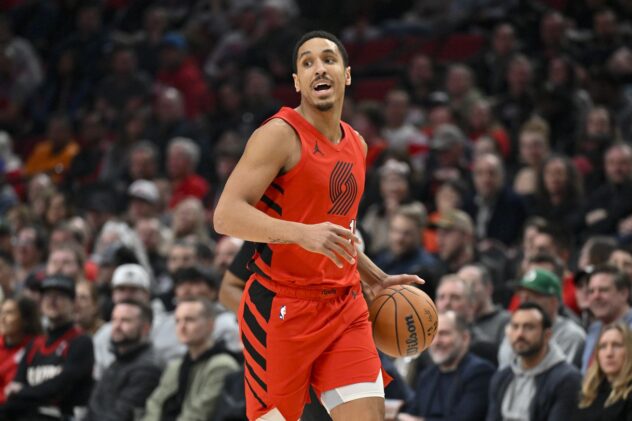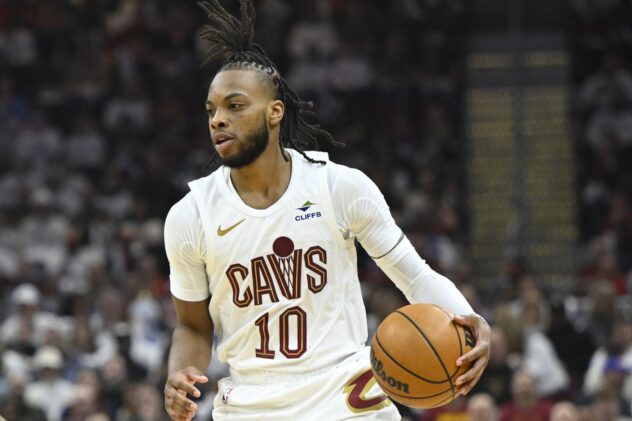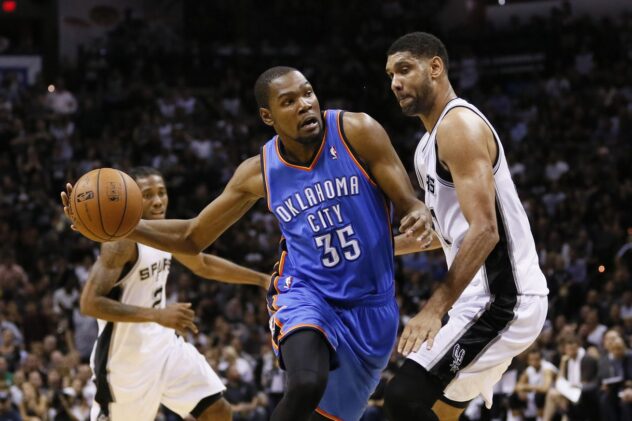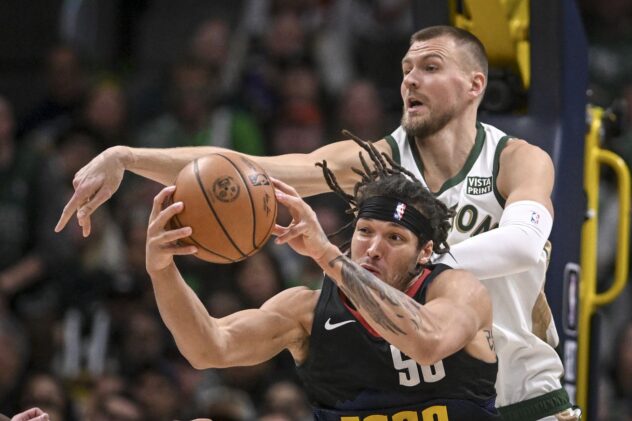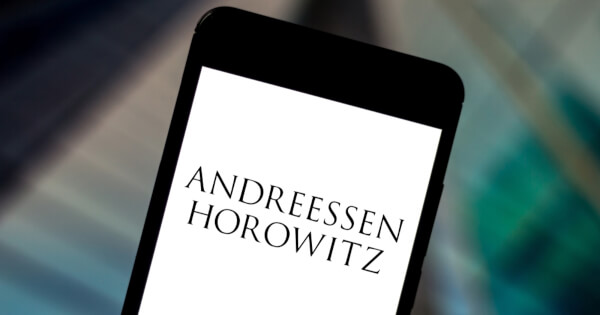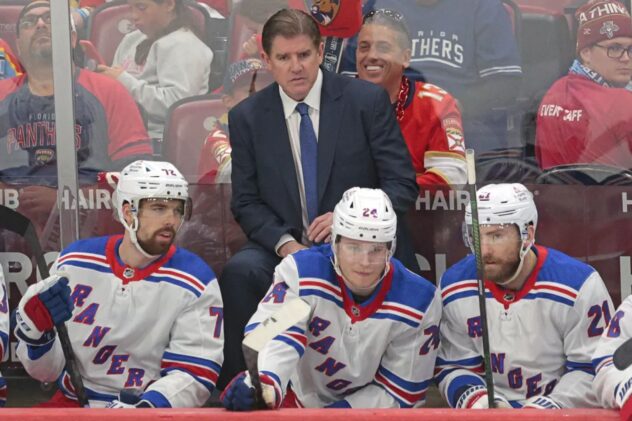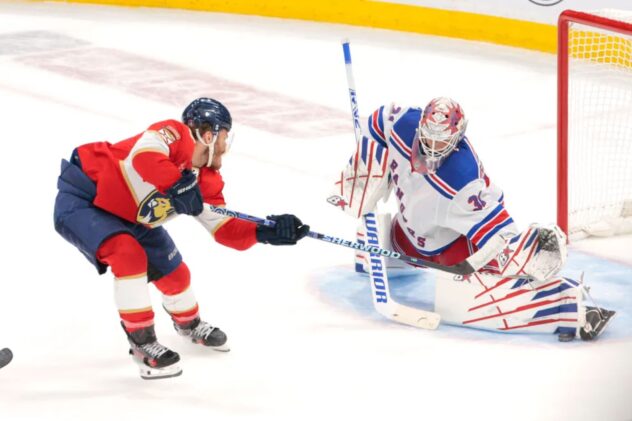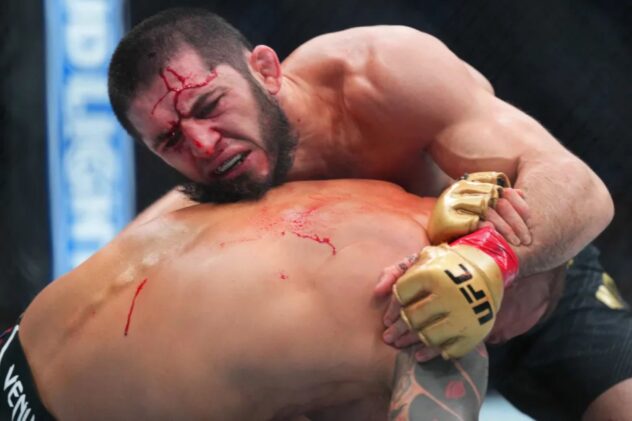What the Spurs can learn from Trae Young’s torching of the Bucks’ defensive scheme

Game 1 of the Eastern Conference Finals brought to the forefront a topic that has been talked about for a while now, and one that concerns the Spurs: is drop coverage viable against modern offenses that typically have a ball handler who can hit floaters and pull-ups at a high level?
The answer is unclear. On the one hand, the Bucks held the Hawks to around the same offensive rating Atlanta averaged during the regular season despite making some mistakes. On the other, their defensive scheme allowed Trae Young to go into supernova mode, which had a gigantic impact on the game.
So let’s take a look at what the Spurs can learn from what the Bucks are doing.
What is drop coverage?
Drop coverage is a way to defend the pick-and-roll and the hand-offs that often serve as de facto pick-and-rolls. Essentially, the perimeter defender will fight over the screen and trail the ball handler, while the big man will drop back to the paint to discourage drives to the rim. If you’ve watched the Spurs, Bucks or any other of the many teams that use it, you should be able to recognize it when you see it.
The idea is to only use two players to guard the pick and roll, allowing the other three defenders to mostly stay home, and the trade-off is allowing shots from the mid-range area. The perimeter defender makes it hard for the ball handler to pull up from beyond the arc, and the big man makes it hard for the ball handler to get to the rim or pass to the rolling big. It’s a good strategy for teams that don’t have a particularly mobile big or the chemistry needed to rotate on a string after aggressively helping.
What are the upsides and downsides of drop coverage?
When executed correctly, drop coverage turns the ball handler into a scorer instead of a passer by taking away the possibility to drive and kick, since everyone else is staying home on shooters, or assist the big man, since there’s someone waiting at the rim. That was surely what the Bucks hoped to do by using it against Trae Young and why the Spurs have used it well in the past. The ball handler might go for 40, but no one else will get easy shots.
The problem is that if the ball handler can score from either the mid-range or the floater area, they will get 40, easily. Young demolished the Bucks from floater range, just like in the past guys like Chris Paul have punished the Spurs for letting him get open elbow jumper after open elbow jumper. It’s also possible for the attacking team to get pull-up threes by having the big man set the screen higher, which usually results in the defender going under the pick instead of fighting over it. You can’t do that against elite pull-up shooter without paying for it.
[embedded content]
Nowadays, more and more elite ball handlers have the tools to punish drop coverage, especially if defenders aren’t disciplined. Even James Harden, who was hampered by it back when the Spurs used it on him in the playoffs, has developed a floater to counter it.
Is drop coverage viable going forward?
This is the big question the Bucks, Spurs and every other team that has a traditional rim protector who might struggle to defend at the level of the screen or switch needs to figure out. Against ball handlers who are bad shooters, it’s a really good strategy. But if more and more of the elite perimeter players in the league can exploit it on their way to high scoring games and, more importantly, get buckets when their team needs them, it’s fair to wonder if it might be more of a regular season strategy than a playoff one.
There’s also the question of execution. Back in their contending days, the Spurs used to be fantastic at it and almost never deviated from the plan, staying home on shooters no matter how many points the lead ball handler had. They also rebounded at an elite level on their own end, didn’t foul, and rarely turned the ball over, which limited easy fastbreak, free throw, and second chance points. The Bucks didn’t execute at anything close to that level in Game 1 and paid for it.
The 28 points they allowed Young on floaters and pull-up threes were clearly a problem, but the 11 assists he got, along with his 12 free throw attempts and the Hawks’ 17 second chance points, were equally damning.
Should the Spurs completely ditch drop coverage?
Not really. It’s a good, simple way to defend picks-and-rolls in the regular season and considering their personnel, they should eventually become really good at it. Jakob Poeltl can protect the rim well and they have two above-average perimeter defenders in Derrick White and Dejounte Murray who are good at getting back in the play and disrupting passes. If they develop more chemistry as a team and execute at a higher level, they could use drop coverage to take away a lot of dangerous weapons from opponent offenses.
What they will have to do is try to give themselves more options at center to have more flexibility to change schemes. The ideal Poeltl backup would be a mobile big man who can switch or guard higher on pick and rolls, so that if the Spurs find themselves getting torched, they can adjust. The other option is to have an athletic power forward who can play small ball center to switch. Giannis Antetokounmpo should fill that role for the Bucks, but since they are very rigid and reluctant to adjust, he has also mostly played drop coverage, probably because the team as a whole wouldn’t know how to play a more aggressive scheme.
Drop coverage still has a place in the league, especially in the regular season, where not every team will have a star who can punish it. Teams that rely exclusively on it, however, need to be excellent at not only executing the scheme, but also limiting easy buckets in general. Even then, a backup plan for specific matchups is necessary.
Hopefully the Spurs take into account the lessons that the Bucks have learned in their recent playoff appearances when they reshape their roster this offseason.

